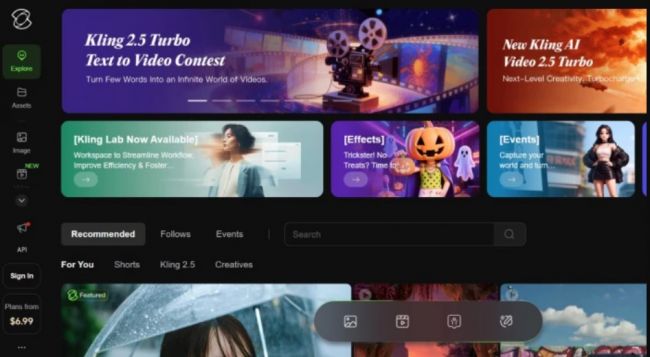GradeStack and GradeUp are part of the same learning ecosystem, serving as two faces of one platform for mobile-first competitive exam preparation.
Is GradeStack still relevant in 2025?
The edtech market has shifted fast. With platforms like Coursera, Udemy, and Khan Academy dominating, older names like GradeStack often get overlooked. But the platform still appears in discussions, especially for mobile-first learning. So how does it hold up in 2025?
What Exactly Is GradeStack?
GradeStack began as a mobile learning app offering structured courses, quizzes, and flashcards. Its initial pitch was “learning on the go” before that became the edtech standard. The app allowed students to download course packs in subjects like programming, business, and competitive exam prep (UPSC, GRE, GMAT).
One of its biggest early draws? Offline learning. Unlike web-heavy competitors, GradeStack’s downloadable packs were a huge benefit in low-bandwidth areas.
User Interface and Experience
The mobile-first design means navigation feels natural on smartphones. The home screen organizes courses into topics, progress trackers, and bookmarks.
However, several older reviews on Google Play mention laggy performance and UI glitches after updates. A recurring complaint is the lack of regular feature updates — something that can make it feel dated compared to edtech leaders with adaptive algorithms and gamified dashboards.
Content Quality
GradeStack’s strength lies in structured learning paths. Each course is broken into chapters with short lessons followed by quizzes. That pacing works well for exam prep, where small, bite-sized progress matters.
But the course variety is limited. While it covers popular academic and competitive exam topics, it lacks the massive course catalogs of platforms like edX or Skillshare. Content depth also varies — some subjects have detailed notes and examples, others feel barebones.
Pricing and Accessibility
Historically, GradeStack used a freemium model — basic lessons for free, advanced chapters for a one-time fee or subscription. This was competitive when first launched.
However, as of 2025, finding official pricing information is tricky. The official GradeStack website is less active than before, and some users report difficulty accessing newer content. This raises the question: Is the platform actively maintained?
Strengths
- Offline access for learning in low-connectivity environments.
- Structured content suitable for test prep.
- Simple, distraction-free UI (though dated).
Weaknesses
- Limited and inconsistent course catalog.
- Possible stagnation — lack of major updates in recent years.
- No strong community features compared to modern edtech platforms.
User Sentiment
On review platforms like MouthShut and Play Store, opinions split sharply:
- Positive: Easy to use, works offline, helpful for quick revision.
- Negative: Outdated content, occasional crashes, unclear support.
The trend suggests loyal users still appreciate it for what it was, but new learners often prefer platforms with fresher, interactive content.
The 2025 Verdict
GradeStack feels like a product that solved a specific problem in its prime — mobile learning for low-bandwidth users — but hasn’t fully evolved with the market. If you need offline, structured test-prep material and find the right course, it can still be useful. But for diverse, updated content and modern features, there are more active alternatives.





